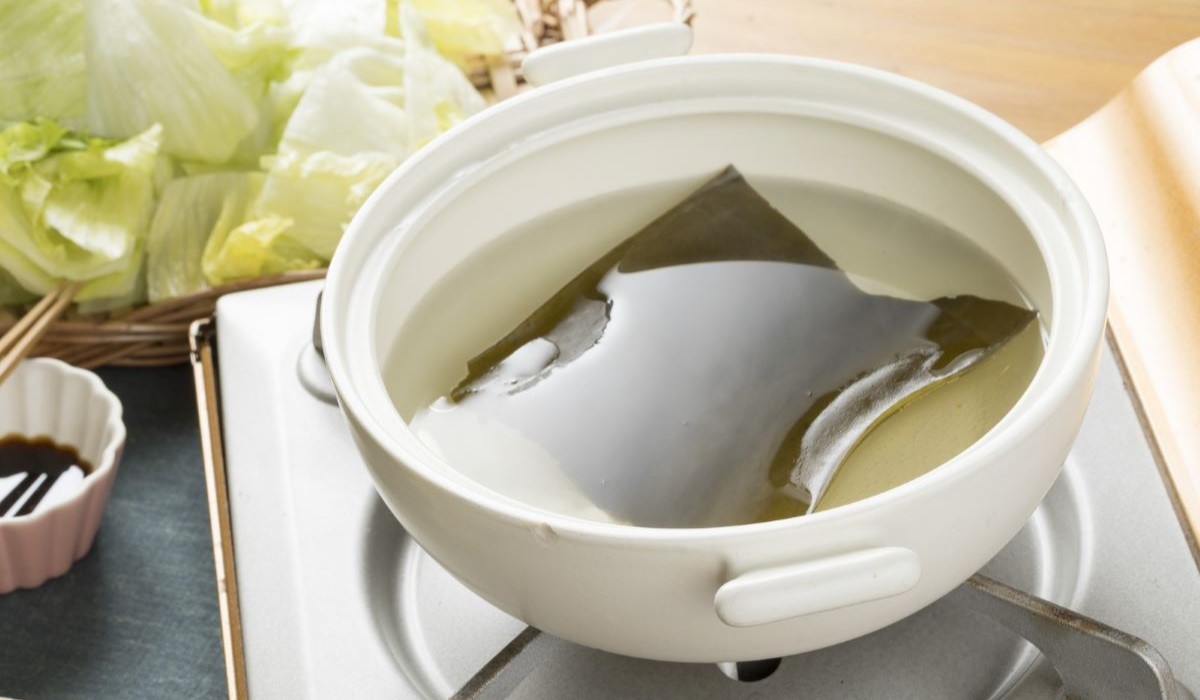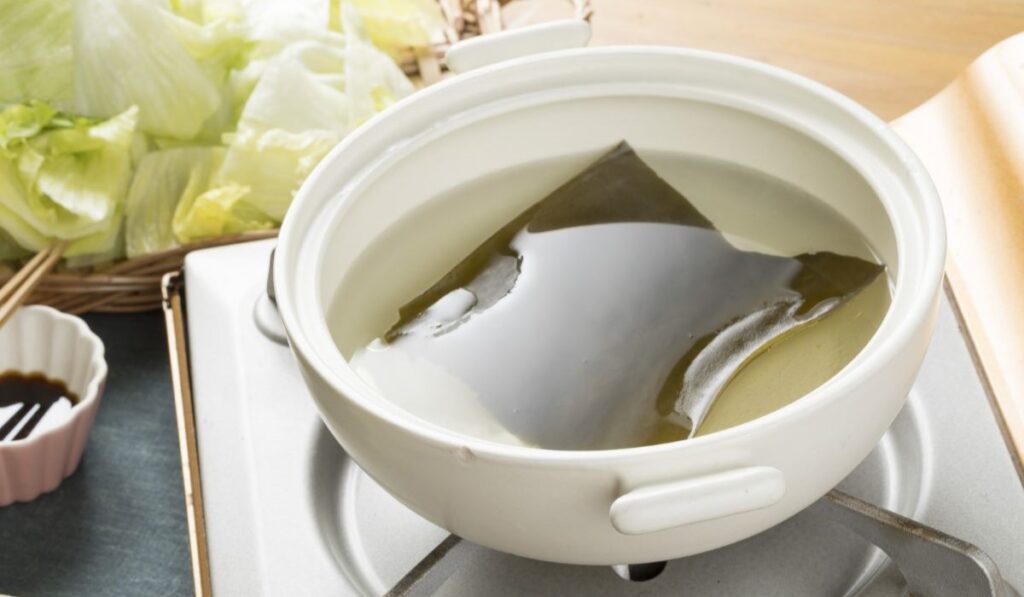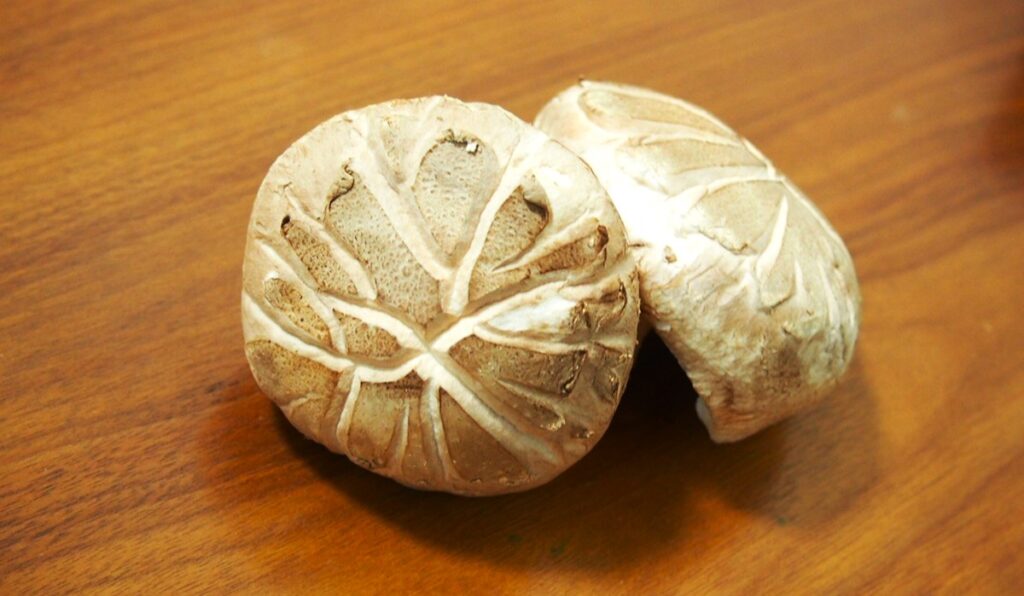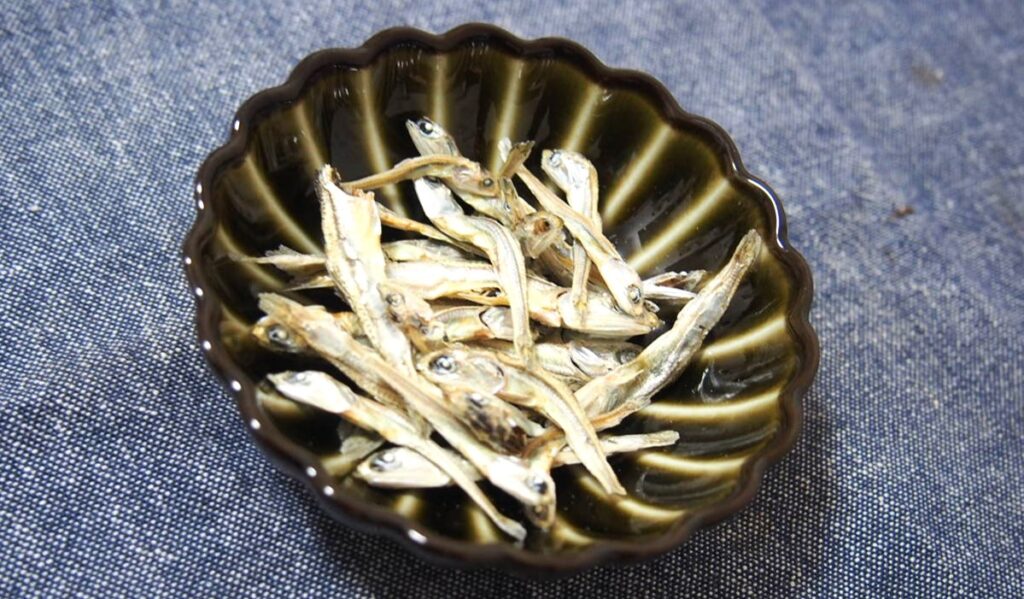Japanese Stock

What is basic stock in Japan?
Japanese basic stock called Dashi【出汁】 is fundamental ingredient for Japanese food. The stock is rich of umami elements. In this page, I describe about ingredients and the method to make Dashi from scratch.
There is only boiling method in this page because it’s popular way to make stock in Japan, but there is another way to make stock without heating or boiling. Although you make stock from water without heating, you need to heat when you use it for cooking. You can use the residue left after making Japanese stock for Tsukudani【佃煮】and Rice seasoning【ふりかけ】.
What does Japanese stock consist of?
Generally, Japanese stock is usually made from of dried Seaweed, dried mushrooms, dried bonitos, and dried small sardines.
Depending on the ingredients, the umami elements brought out them is different, dried seaweed brings out glutamic acid which is one of amino acid, dried mushrooms bring out guanylic acid which is a type of organic acid, and dried bonitos and dried small sardines brings out inosinic acid which is one of nucleic acid.
When you use Japanese stocks for cooking, it’s better to mix 2 and more of them including seaweed because the mixture stock of amino acid and nucleic acid enhance the taste. You know Chinese stock is mixture of onion or other vegetables and chicken, and most of popular stocks are according to this rule.
What are the features of ingredients for Japanese stock?
In this section, there is some information about the features of stock ingredients and the method to make them. Depending on the dishes, the suitable stock is different, so you can jump to the category what you are interested in.
Seaweed stock is good for vegetable dishes like Shojin dishes【精進料理】, mushroom broth is suitable for every dish with other stocks, bonito broth is good for soup like miso soup【味噌汁】, small sardine stock is good for Japanese hot pot and noodle soup.
Seaweed Stock

The features of seaweed stock
Seaweed Stock is the all-round stock of Japanese stock. The umami element of seaweed stock is glutamic acid. The glutamic acid amount is extremely higher compared to other vegetables, such as seaweed’s glutamic acid amount is around 2~20 times much than tomato. And the seaweed hasn’t unique taste, so seaweed stock is useful especially for shojin dishes which uses only vegetables. It’s difficult to be stuffed without umami, so seaweed stock stimulates your appetite and assists to get it.
95% of dried seaweed is produced in Hokkaido prefecture in Japan because seaweed grows naturally in cold sea current and supplied to all places in Japan. Depending on the produced region in Hokkaido, the glutamic acid amount and the cost comes to differ. Following passage, there are some types of seaweed name and features.
Hidaka Seaweed 【日高昆布】: It grows in Hidaka region which is south of Hokkaido. It’s reasonable, so it’s popular in east Japan, and it’s clear taste and soft texture. Hidaka seaweed is often used for making 【Tsukudani: 佃煮】which is preserved food boiled down in soy sauce.
Rishiri Seaweed 【利尻昆布】: It grows in Rishiri region and Rebun island in Hokkaido. It’s a type of high-quality seaweed because it brings out prominent scent, refined taste, and clear stock.
Ma Seaweed 【真昆布】: It grows in south area of Hokkaido. The features of Ma Seaweed like taste and texture are similar to Hidaka Seaweed, so Ma seaweed is also used for Tsukudani. But the thickness is thicker than Hidaka Seaweed.
Rausu Seaweed 【羅臼昆布】: It grows in east area of Hokkaido. It’s highest quality seaweed in these 4 seaweeds. The stock is used in Ryotei【料亭】, golden yellow color, and it’s semitransparent. It is also used for making Kobucha【昆布茶】which is one of Japanese tea, but the main ingredient of it is seaweed and there are no tea leaves.
The method to make seaweed stock from scratch.
Ingredients
1 Liter water
10 ~ 20 grams dried seaweed
- To begin making seaweed stock, wipe the surface of seaweed quickly and softly. You might notice white particle on it, it is Mannit which is one of umami element so that you have to pay attention to wipe softly. If you wipe strongly the surface would be damaged and sticky component brought out.
- Next, soak in the 1 Liter water for 30 minutes in a pot. (In winter season, soak in water for 90 minutes)
- heat the pot on low heat. Keep under 60 deg. C. If the water kept over 60 deg. C., the stock become thicker.
- Turn off the heat, when it starts to boil. It’s enough to stop when you find small babble on the bottom of pot. Finally, take out the seaweed.
Mushroom Stock

The features of mushroom stock
Mushroom Stock is generally used with seaweed stock or bonito stock, because the smell of the stock is strong and distinctive. The umami element of mushroom stock is guanylic acid. It stimulates your taste bud more when it is mixed with glutamic acid extracted from seaweed. When mushroom is dried, RNA of mushroom is converted into guanylic acid, and as a result of conversion, the dried mushroom has 10 times guanylic acid as much as raw mushroom.
Most of mushroom is produced in Oita prefecture, but mushroom grows everywhere in Japan, so dried mushroom is produced and consumed throughout Japan. When it comes to Japanese stock, Mushroom is broken up into 3 types: Donko【冬菇】, Koushin【香信】, Kouko【香菇】. Following passage, I write the features.
Donko【冬菇】: It is harvested in January and February, there are some clacks on their surface, and it is round shape and tick shown in the right above picture. It’s highest quality mushroom in these three. It takes long hours to absorb water, but the texture and taste of stock are excellent.
Koushin【香信】: It is harvested in late spring and hot autumn. The top of mushroom become umbrella shape, and the top getting thin and smooth. It’s reasonable mushroom, so it is used on a daily basis. It isn’t standout like Donko, but it’s used for various dishes.
Kouko【香菇】: It is harvested between Donko and Kouko. The features are just half between them, but it’s difficult to find it in Japanese grocery store.
The method to make mushroom stock from scratch.
Ingredients
2.5 cup water
4~5 whole dried mushrooms (4~5 cm)
- To begin making mushroom stock, remove dust from their surface quickly.
- Next, soak mushrooms in the 2.5 cup water in refrigerator over 5 hours. (Thick mushroom is soaked in water over 10 hours in refrigerator) Around 5 deg. C., Guanylic acid is extracted.
- Filter the mushroom. And you can use left mushroom for cooking.
Bonito Stock
The features of bonito stock
Bonito Stock is the all-round stock of Japanese stock. The umami element of bonito stock is inosinic acid. It brings out not only umami element, but also luxury scent so that bonito stock is often used for miso soup and multipurpose sauce like Men Tsuyu. In the grocery shop, there are only bonito flakes, but in this section, it is about bonito block. Bonio block looks like wooden shoe shapers, and bonito block is mainly produced in Kouchi, Kagoshima, and Shizuoka prefecture.
It is categorized by the processing methods into Katsuo Arabushi【鰹荒節】 and Katsuo Karebushi【鰹枯節】. They are smoked to dry them and to improve their scent after boiling commonly.
Katsuo Arabushi【鰹荒節】: The processing methods are only boiling and smoking. It smells fish-like and smoke. This process of making Katsuo Arabushi takes almost 1 month.
Katsuo Karebushi【鰹枯節】: After common processes, putting innocuous mold which is sort of malt on it. The mold converts lipid and protein into amino acid and consumes water of it, so this process prolongs the best before. The outcome of putting mold on it isn’t only prolong it, but also that it increases umami elements and also increases the amount of EPA and DHA. This process of making Katsuo Karebushi takes almost 3~5 months.
The history of putting mold on bonito had started in Edo era. At the beginning of this process, the purpose was just a counterplan that covered bonito block by innocuous mold to protect it from harmful mold. One day someone found that innocuous-molded bonito block was more scrumptious than Katsuo Arabushi. Eventually the process becomes popular. In these days, the putting innocuous-molded process is repeated several times.
The method to make bonito stock from scratch.
Ingredients
1 Liter water
30 grams dried bonito flakes
- To begin making bonito stock, pour 1 liter water into a pot and heat it. Turn off the heat when it start boiling.
- Put bonito flakes into the pot without heating. Settle it for 1~2 minutes, it sink to the bottom.
- Put a strainer and paper towel on a bowl, then filter it.
Small sardine Stock

The features of small sardine stock
Small sardine stock is similar to bonito stock. It is dried after boiling, and the amount of moisture is under 18%. The umami element of small sardine stock is also inosinic acid. The head and organs make stock bitter, so if you don’t like this taste, you need to get rid of them.
Anchovy【片口鰯】: It’s called Iriko that has unique flavor, and the stock also smells unique and strong scent. When the dish is simple, this stock is potent. The size of each anchovy is 4~13 cm. It’s mainly used for making soup.
Round Herring【潤目鰯】: The stock is mild, less lipid, and slightly sweet taste. The size of each round herring is 5~14 cm.
Japanese Sardine【真鰯】: The stock is simple taste, so it is used for secret seasoning.
The reason that small sardine stock is getting popular instead of bonito and seaweed stock is that the bonito flake and seaweed are expensive. Especially some places that is abundant of small sardine catch has clear tendency.
The method to make small sardine stock from scratch.
Ingredients
1 Liter water
30 grams dried small sardine
Preparing the ingredients
- Get rid of head and split each of them to remove organs from small sardine.
- Roast them on the pan to remove fishy smell for 3~4 min.
The procedure to make small sardine stock.
- To begin making small sardine stock, soak them in the 1 Liter water for 30 min.
- Heat them on medium heat until it starts boiling.
- After boiling, turn down to low heat, and remove the scum from stock for 4 min.
- Put a strainer and paper towel on a bowl, then filter it.

